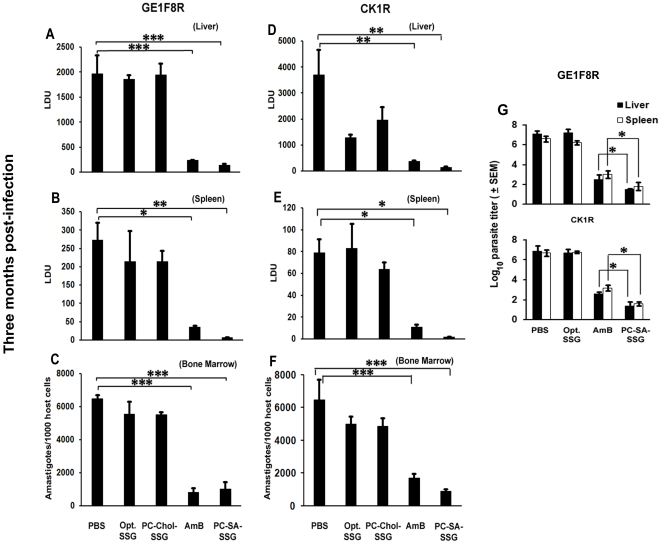Figure 1. Parasite burden in treated BALB/c mice after L. donovani challenge infection.
Parasite loads of liver, spleen, and bone marrow in murine model of established visceral leishmaniasis after treatment with 300 mg/kg of free sodium stibogluconate (SSG), 12 mg/kg of SSG entrapped in phosphatidylcholine-stearylamine (PC-SA) or phosphatidylcholine-cholesterol (PC-Chol) liposomes and 2 mg/kg amphotericin B (AmB). Mice were infected with L. donovani amastigotes of either GE1F8R or CK1R strains. At 8 week postinfection (p.i.) mice were treated with a single dose of various drugs by intravenous injection. Mice were sacrificed after 4 weeks of treatment for determination of (A, D) liver, (B, E) spleen, and (C, F) bone marrow parasite loads. Untreated, infected mice were used as controls. Liver and spleen parasite burden were determined by stamp-smear method and expressed as Leishman Donovan Units (LDU), and bone marrow parasite load in cell smear prepared from femur bone marrow and expressed as amastigotes/1000 bone marrow nuclei. Data represent mean ± SEM (n = 5 mice per group), representative of two similar experiments. * p<0.05; ** p<0.01; *** p<0.001. (G) Eight week infected mice received optimal SSG, PC-SA-SSG and AmB. Parasite burden determined 12 weeks following infection reflects the mean log10 parasite burden ± SEM determined by the limiting dilution assay (LDA) (n = 5 mice per group) with PBS treated group as control. Data are representative of two similar experiments. * p<0.05 compared to AmB therapy.

